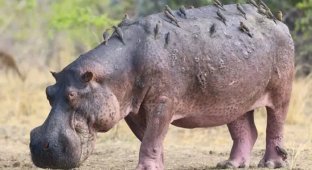5 facts that change our perception of lions (14 photos)
Lions are extremely dangerous, powerful, and yet the most social cats on the planet. Their prides hunt elephants and inspire fear in all other predators, including even the rising star of the vertebrate world—humans. But everything comes at a price, especially such strength and power. 
Fact One: Only the worthy can rule.
The sex ratio of lions at birth is exactly one to one. However, look at photos of prides online, and you'll see that among a dozen and a half lionesses, there are only one or two, or at most three, maned males. The question is: where are the other males? 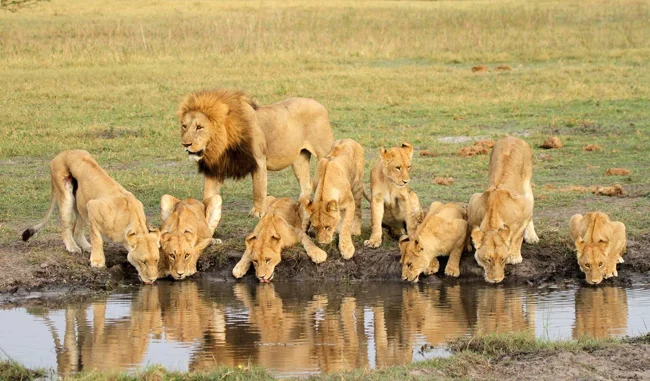
Because for every 10 lionesses, statistically, there are two or three males!
For the most part, they eke out a rather miserable existence. Only those who prove their power by force can rule the pride. The remaining males live in the shadow of their more successful brethren. And the life of a solitary lion is an endless cycle of suffering. 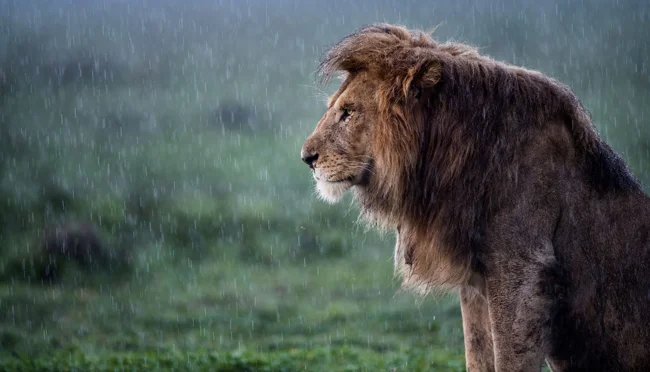
Well, it's started raining like crazy, I hope I don't catch a cold...
Strayed into a pride's territory? Risking your skin for the slim chance of satisfying your hunger. Got sick or injured? You might as well go straight to the grave, because no one will cover you while hunting. A lion can be attacked by other dangerous predators, like hyenas, and he's forced to feed on carrion and other small animals. And, of course, he has no chance of reproducing. 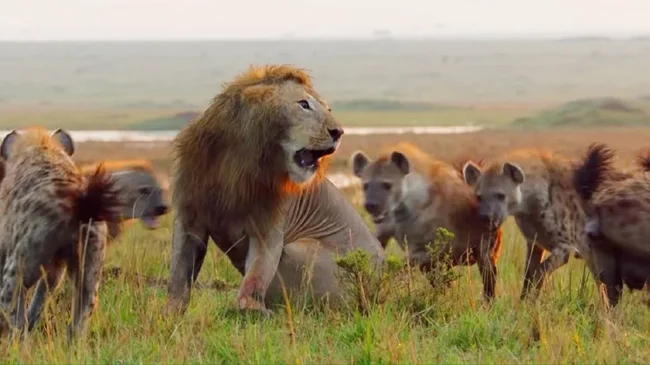
Guys, I don't have anything to call...
That's why the average lifespan of a king without a kingdom is only 10 years, compared to 14.5 for males and females in prides. And yet, 75% to 92% of males live in such conditions! Only the strongest, most agile, and luckiest of them are able to win a dangerous battle and seize control of the pride.
Or, alternatively, the smartest.
Fact Two: Divide and Conquer
Documentaries have taught us that lionesses are always controlled by a single male. But this is not true. Most prides are ruled by pairs of males or even trios, collectively defending their territory from rivals. The solitary lions, on the other hand, are either old males who have lost their allies or foolish youngsters who want everything at once. 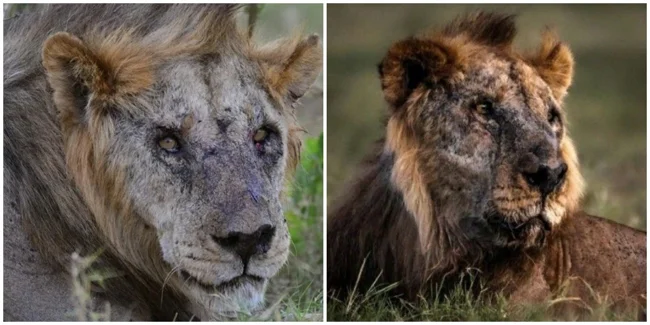
Old solitary lions often become so weak that they are forced to attack people and their livestock. Pictured is Lunkito, a lion who lived to be 19 years old. Kenyan herders killed him while defending their livestock.
Expelled from their native pride, young lions quickly realize that they can't find food or achieve power alone in this world. Therefore, they quickly form pairs, or even entire groups of males. Even unrelated males can form duets, while groups of three or more males are made up of siblings or half-siblings of the same age, tightly bound by kinship. Such groups are not only able to hunt effectively but also have a much better chance of competing for breeding rights. When seizing power, they use their numbers wisely, and if more than one male controls a region, the bandit kings hunt them down one by one and injure or even kill them. Sometimes this can take months of terror! 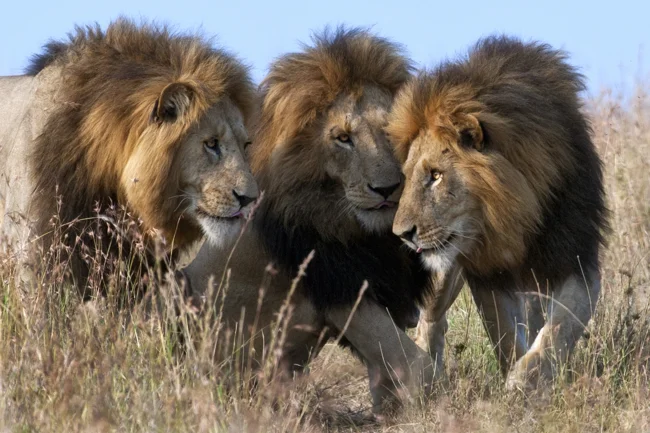
— We are with you, brother! — Brother for brother, brother. — I'm so glad you're with me, brothers...
The Mapogo group, consisting of six lions at once, is especially noteworthy in this regard! In the early 2000s, they took advantage of their numerical superiority to capture a pride in the Sabi Sand region of South Africa. But one pride wasn't enough. Over the course of their six-year existence, the brothers expanded their territory, gradually creating an entire empire covering 700 square kilometers! Each of them left, without exaggeration, hundreds of descendants. 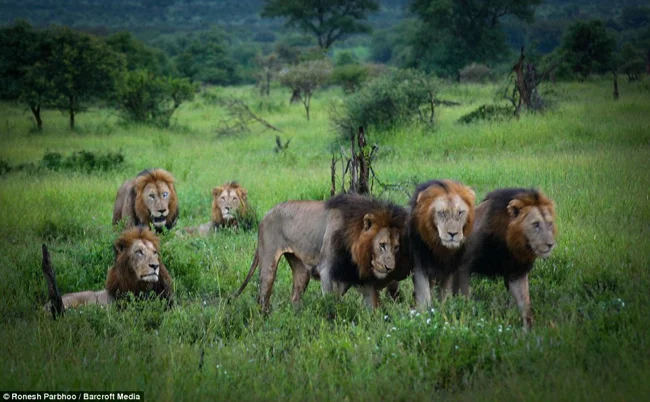
The Mapogo gang. This organized crime group terrorized the entire national park!
Fact three: Ruling is not an easy task.
And when the males win the battle for respect, the real work is just beginning. After all, seizing power is one thing, but maintaining it is quite another. Instead of idle leisure and filling their bellies with free meat, lions are faced with a hard day's work: patrolling territories, keeping lone males at bay, building relationships with females, playing with children, and even hunting! 
One day, Simba, the sun will set for me and rise for you as the new king.
Yes, that's right, even lifelong winners, super-successful males with crowds of female admirers and dozens of offspring, are forced to hunt periodically. Since prides are conquered only by the largest and strongest males, often weighing over 180 kilograms, they automatically become the pride's main strike force, a kind of knightly cavalry of the big cat world. 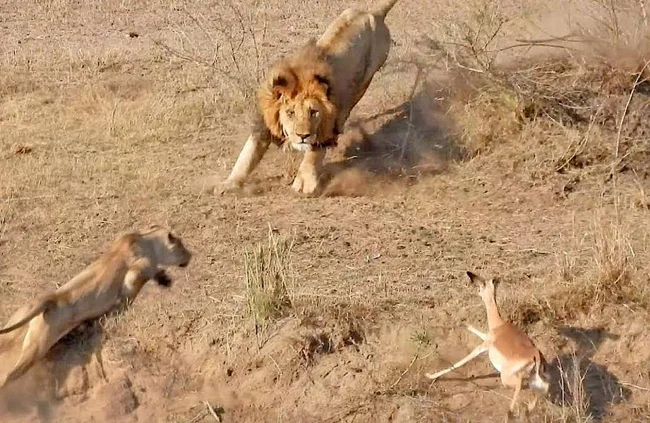
Someone's got it...
Even one strong and powerful male is enough for the pride to switch to truly heavy prey—giraffes, buffalo, and even elephants. For example, the Marsh pride from the Savuti Game Reserve in Botswana successfully captured 74 elephants between 2011 and 2014! Most of them were young and old, but they also took adult, robust females. Only particularly large and aggressive males were able to fight them off. 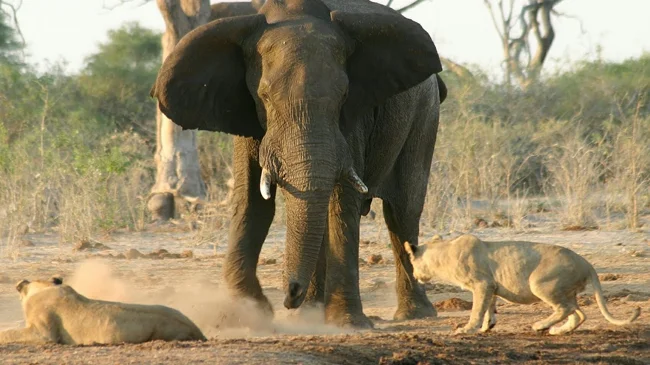
Svetka, we can't handle this without the men, let's run!
Fact four: The intrigues of kings don't concern their subjects.
As strange as it may seem, all these male-male battles don't play a big role for lionesses. Females live their own lives in their own special world. In the vast majority of cases, a lioness is born, lives, and dies within a single pride and within a single hierarchy, which males have no access to. It is the older lionesses—the most experienced and savvy predators in the pride—who determine its boundaries, watering holes, resting areas, and hunting grounds. The pride needs males exclusively for reproduction and hunting especially large game; they have no other say. 
Just look at this woman's muscles to understand that she doesn't really need a man to survive.
Fact Five: Being a Prince Is Dangerous
I think you've already realized that adult lions are dangerous, but not the ultimate predators, with plenty of limitations. But their cubs are tiny, defenseless creatures with huge targets painted on their backs. Just imagine: up to 80% of lion cubs die within the first six months of their lives! 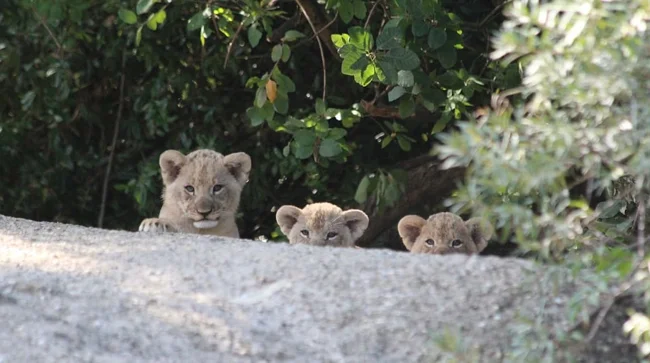
In the absence of their mothers, lions hide somewhere in the bushes and do their best to suppress their natural childish curiosity.
Only a small fraction of them die from disease or genetic defects. Far more cubs die for far more sinister reasons. For example, from starvation. In the food distribution hierarchy, the best pieces go to the males, the rest to the females, and only the few scraps are left for the cubs. After all, they are not yet fully fledged lions, so their position in the pride is at the very bottom. Needless to say, the weakest cubs are the first to perish at the first sign of starvation. 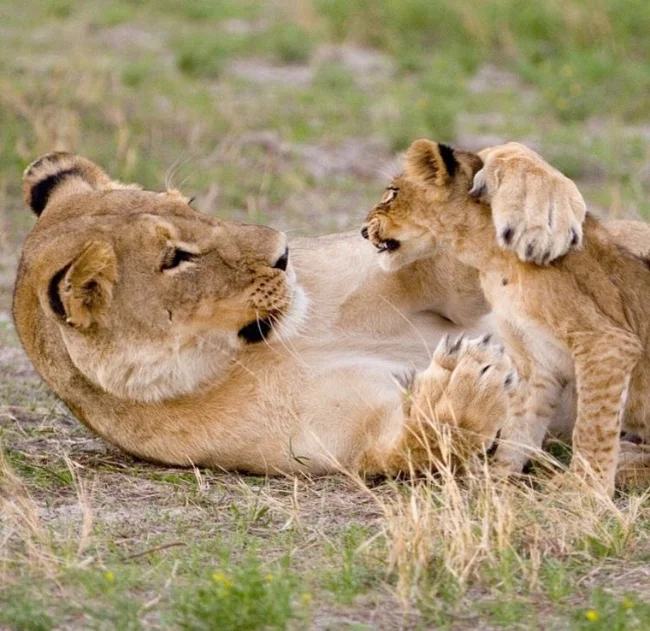
Females love their cubs tenderly and lovingly. But wildlife makes its own adjustments. It is more profitable to feed those who are useful first.
The second leading cause of cub death is infanticide. If females change their partners, the new males get rid of the other males' cubs during the first couple of months of their reign. This way, they simultaneously eliminate competition for their future offspring and provoke the lionesses into another estrus cycle. A lion may only spare adolescent females, with a slight chance. And the older they are, the higher the chance. Males will be killed in any case, even if the lion has to fight their mother. 
Naturally, the lionesses are furious about the death of their cubs. But after a month, the pain of loss subsides, and hormones begin to take over.
As if that weren't enough, vulnerable and weak cubs are easy prey for most predators. As soon as the mother goes hunting, the cubs immediately find themselves in mortal danger, as they can be preyed upon by even small creatures like monitor lizards, jackals, and birds of prey. For the first two to three months, the cubs are unable to offer even token resistance, so entire litters perish.














